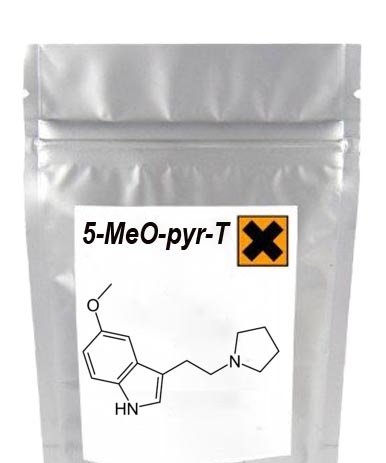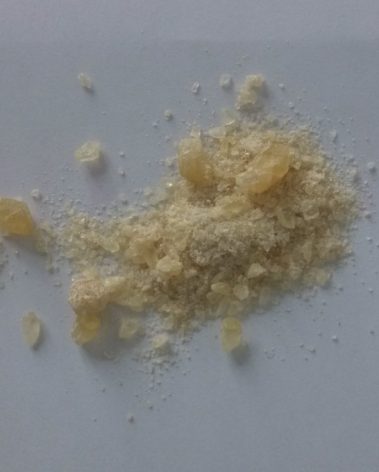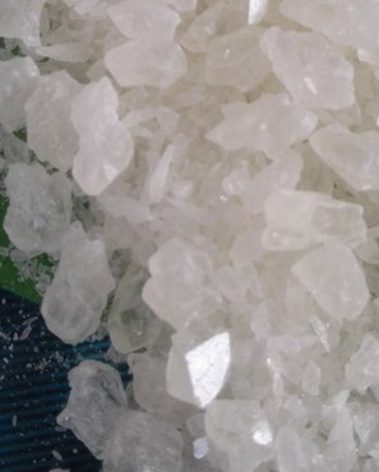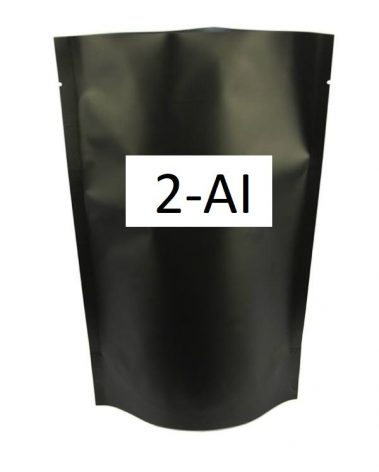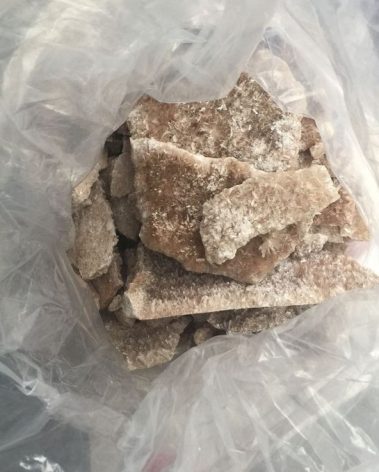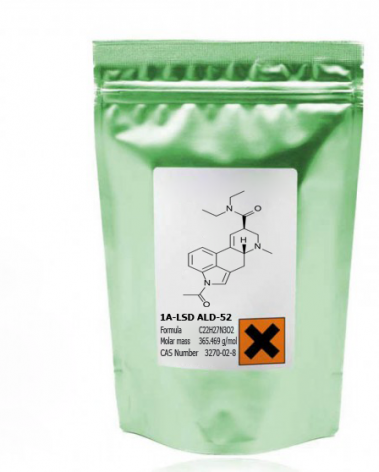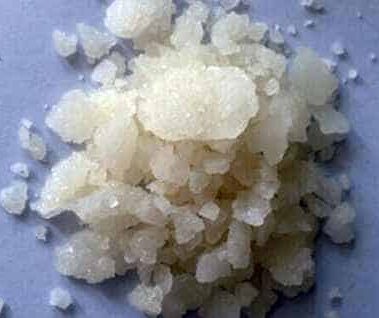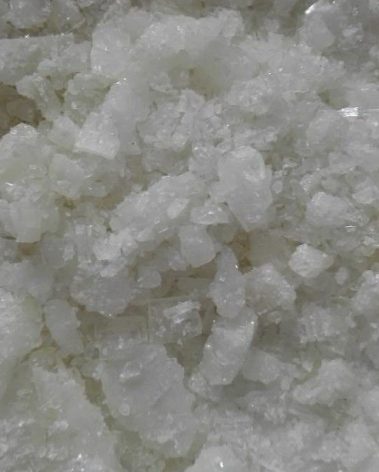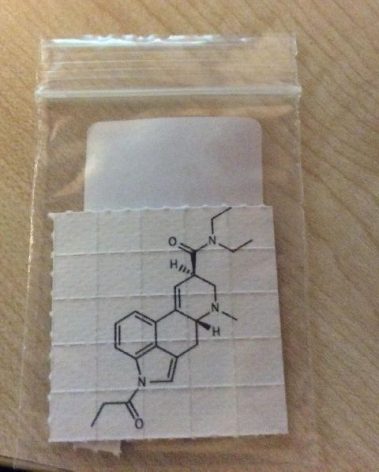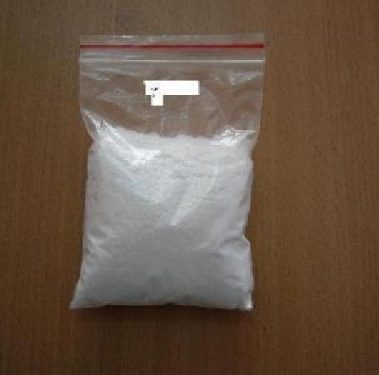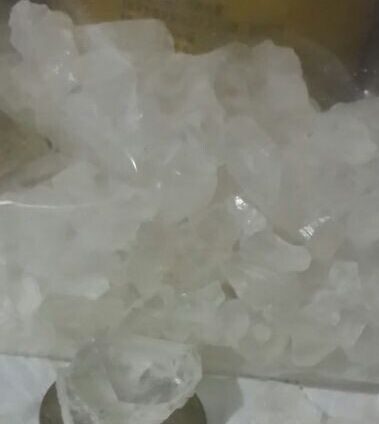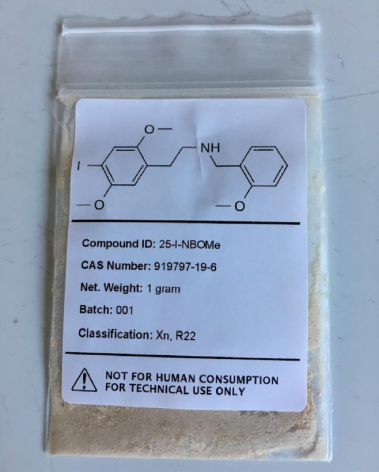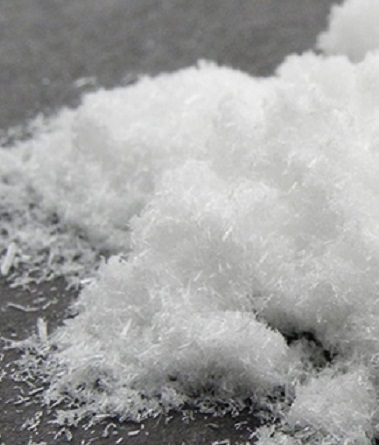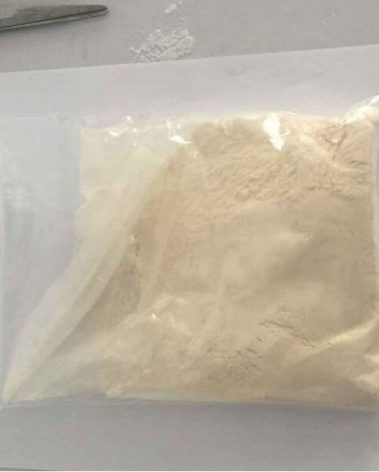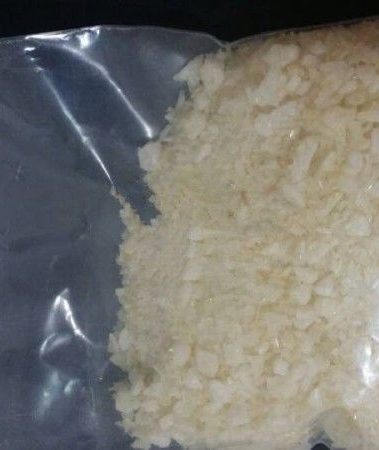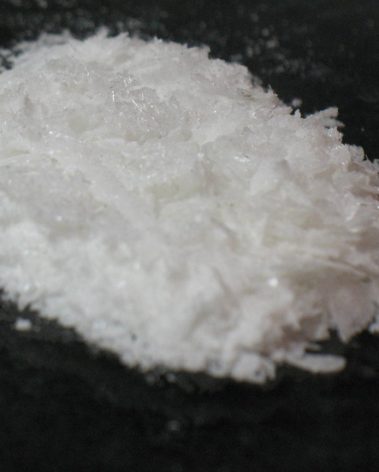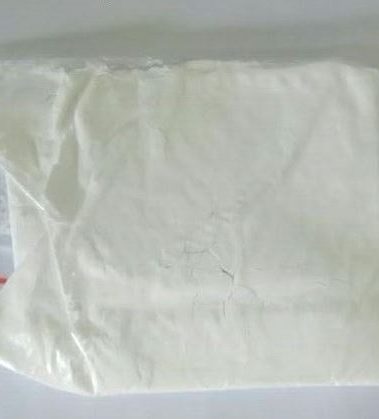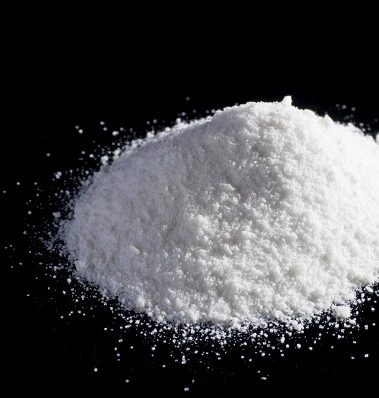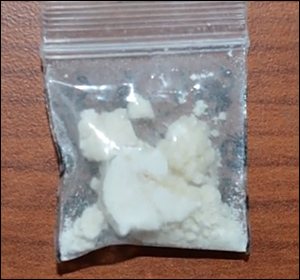5-MeO-pyr-T
$180 – $5,460
Description 5-MeO-pyr-T (5-methoxy-N, N-tetramethylenetryptamine) is a lesser-known psychedelic drug. It is the 5-methoxy analog of pyr-T. 5-MeO-pyr-T was first synthesized by Alexander Shulgin. In his book TiHKAL (Tryptamines I Have Known and Loved), neither the dosage nor the duration is reported.5-MeO-pyr-T causes tinnitus, vomiting, and a 5-MeO-DMT-like rushing sensation. At the highest dosage reported in […]
Description
5-MeO-pyr-T (5-methoxy-N, N-tetramethylenetryptamine) is a lesser-known psychedelic drug. It is the 5-methoxy analog of pyr-T. 5-MeO-pyr-T was first synthesized by Alexander Shulgin. In his book TiHKAL (Tryptamines I Have Known and Loved), neither the dosage nor the duration is reported.5-MeO-pyr-T causes tinnitus, vomiting, and a 5-MeO-DMT-like rushing sensation. At the highest dosage reported in TiHKAL, the subject describes awakening from an apparent fugue state in which they were wandering the streets, with complete amnesia upon awakening of what they had been doing. This suggests that 5-MeO-pyr-T could cause potentially hazardous random behavior at high doses. Very little data exists about the pharmacological properties, metabolism, and toxicity of 5-MeO-pyr-T.5-MeO-pyr-T
5-MeO-pyr-T and all other chemicals on this site are intended for chemical research and for no other purpose.
No dosage, no duration is known, it all depends on the properties of the body. 5-MeO-pyr-T causes tinnitus, and a 5-MeO-DMT-like feeling of rushing. At the highest dose recorded in TiHKAL, the subject describes the awakening from the apparent fugue state in which they wandered the streets, with full amnesia after awakening what they were doing. This suggests that 5-MeO-pyr-T can cause random behavior at high doses.
The side-effects of 5-MeO-pyr-T are not known.
Storage conditions of this chemical: in a cool and dry place. The stability of this chemical compound can last up to 2 years, under the right storage conditions.
EXTENSION AND COMMENTARY
Again, as with other compounds in these writings, there is an irresistible urge to present generalizations. But with this particular material, there are obvious unresolved problems with both dosage or duration, as such, I am limited to the few comments provided above. Dosage? A very few milligrams parenterally, but with smoking such small amounts it is hard to accurately estimate the actual dosages received. Duration? One subject could be fine the next morning, and another could be still aware of wrongness a week later. I am uncomfortable with any compound that seems to be widely variable in its impact on different people.
The qualitative aspects of these (and other) reports imply some individual variability. It is always easy to look at tryptamines such as this one, or the others in these recipes, and say, “We know that they are psychedelics. And maybe good ones or maybe bad ones. So we should look at them with that preconceived notion in mind.” But looking objectively at this particular compound, 5-MeO-pyr-T, we are far away from any vocabulary of psychedelics. How is it different from, say, what one might expect from a Fentanyl analog? Here is a collection of trials that describe parenteral administration, and the quick development of an anesthesia. This compound may not be the new Fentanyl because of nausea during what would be the recovery period. But what are the chances that, perhaps not with this compound, but with any of the obvious analogs that are screaming to be assayed, there just might be a useful clinical tool?
There is another message of warning. Here one must accept the eloquent argument that, for the structuring of an experiment with an unknown and thus undefined new drug, there must be observers present who are both sober and sympathetic. The heroic and macho, “I’ll do it my way,” can lead to both psychological problems and physical risks. As with scuba diving, always work with a partner.
With both pyr-T and 4-HO-pyr-T, there are two additional ring analogies that are natural companions to 5-MeO-pyr-T. These are the piperidine and the morpholine counterparts, 5-MeO-mor-T and 5-MeO-pip-T. Both compounds are in the literature, and an entry reference to them can be gotten from the “known tryptamines” appendix. Along with the pyrrolidine material I had made a reasonable supply of the amides for these other two, both by way of the 5-methoxyindole and oxalyl chloride procedure given above. With piperidine, there is 5-methoxyindol-3-yl-N,N-pentamethyleneglyoxylamide, mp 167-169 °C and IR, (in cm-1), 730, 780, 811, 928, 1033, 1161, a broad carbonyl at 1600 and a broad indolic NH stretch at 3190. With morpholine, the corresponding glyoxylamide melted at 193-194 °C, with an IR spectrum (in cm-1), of 747, 791, 856, 925, 976, 1043 and 1122, the carbonyl at 1620 and the broad NH at 3150.
With the rather unexpected, and unencouraging descriptions of the pyrrolidine tryptamines in general, and this one in particular, I was not too blinding a hurry to explore the two heterocyclic analogs. The amides are still on the shelf in the lab. If some good reason comes forth to assay the final amines, they can be made with a dash of lithium aluminum hydride, but until then I have other things to do.
| Quantity | 10 grams, 25 grams, 50 grams, 100 grams, 250 grams, 500 grams, 1000 grams |
|---|
